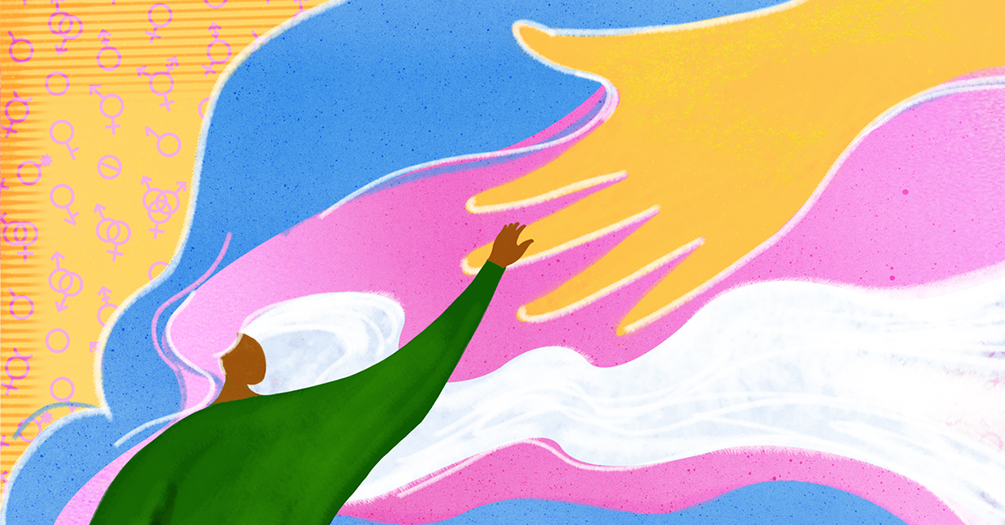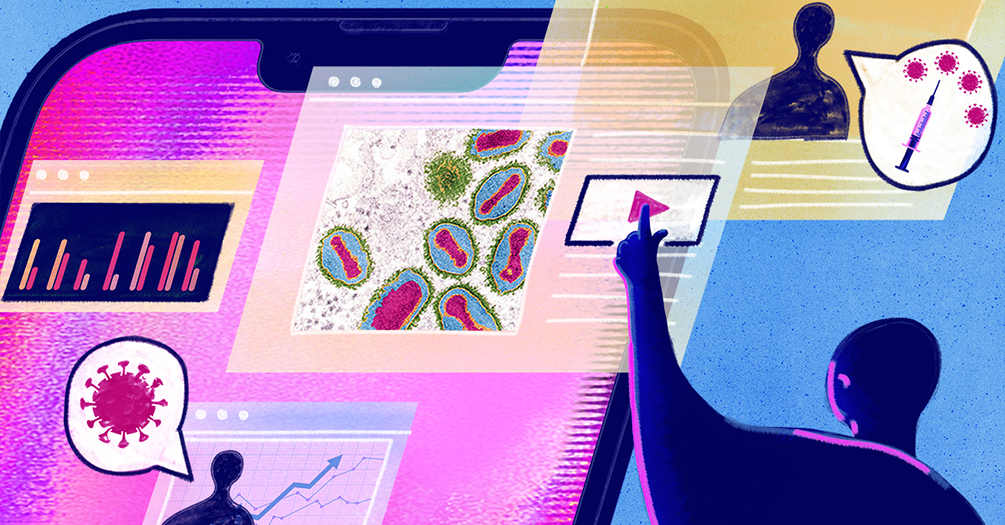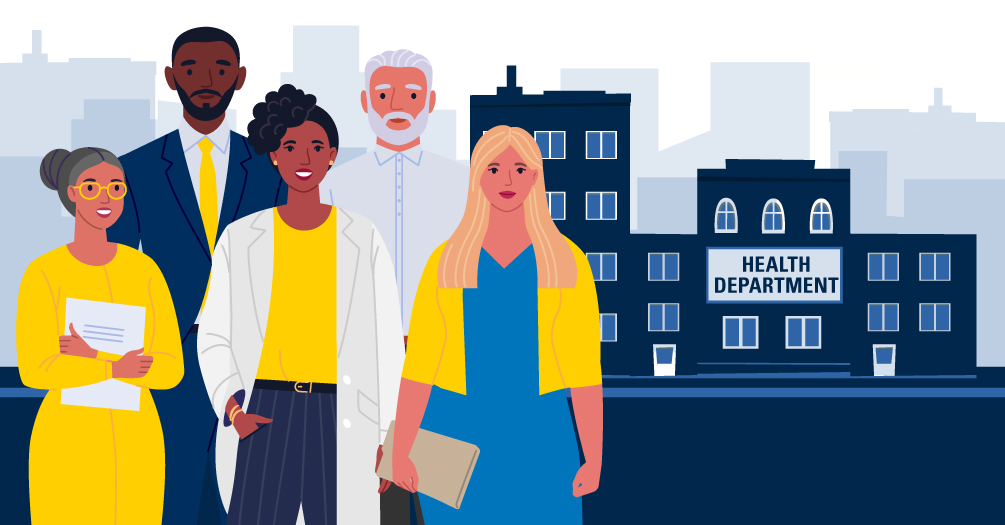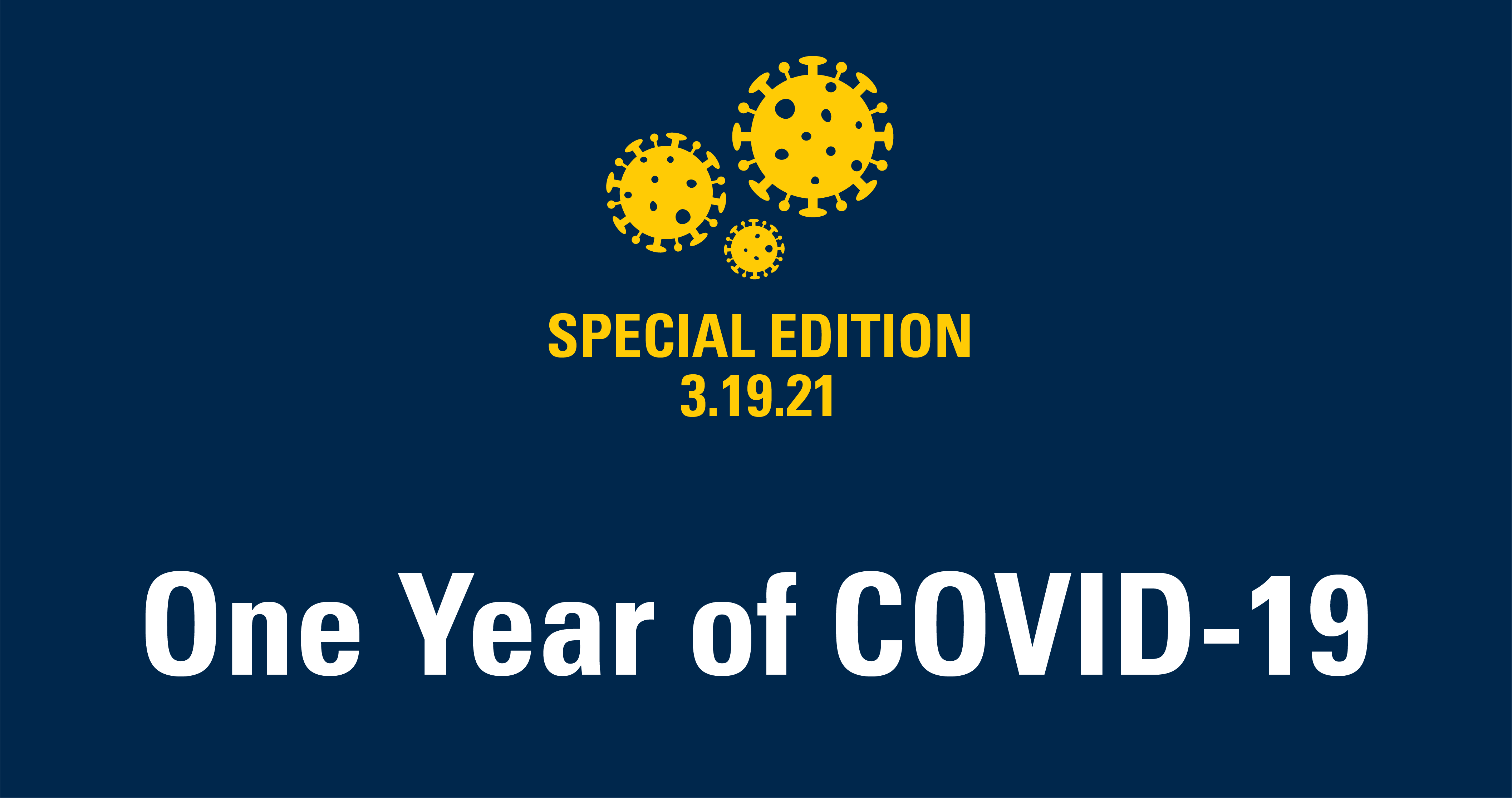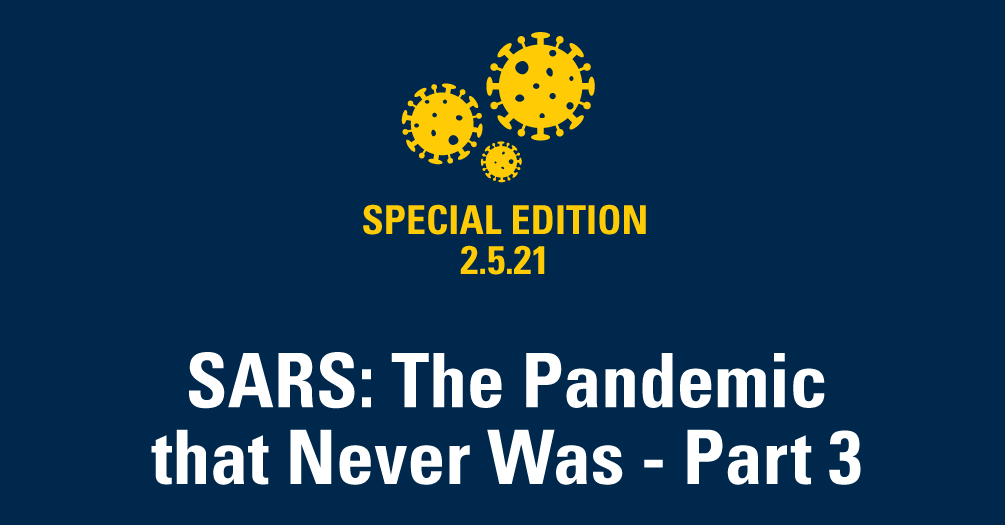It has been roughly one year since the COVID pandemic hit the United States, bringing with it stay-at-home orders, social distancing, masks, and many other unprecedented experiences. One side effect of the pandemic is that epidemiology is now a household name.
Our first guest on this special coronavirus series, back when it all started in March 2020, was Joseph Eisenberg, professor and chair of Epidemiology at the University of Michigan School of Public Health. We invited Eisenberg back to share some of his thoughts on how this past year played out and where he sees things going from here.
